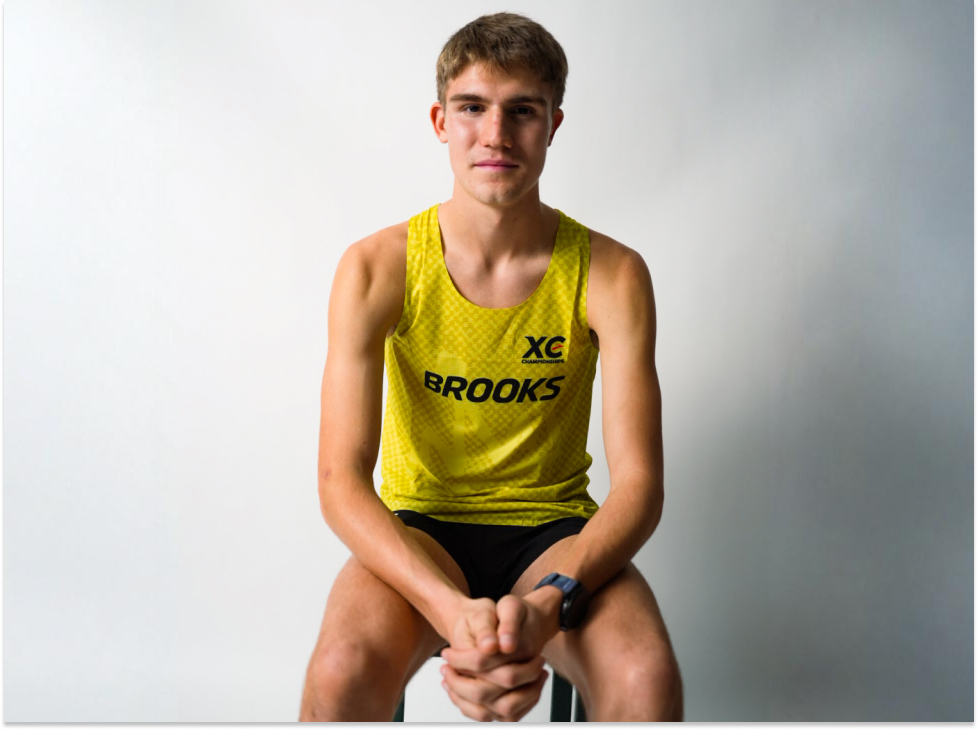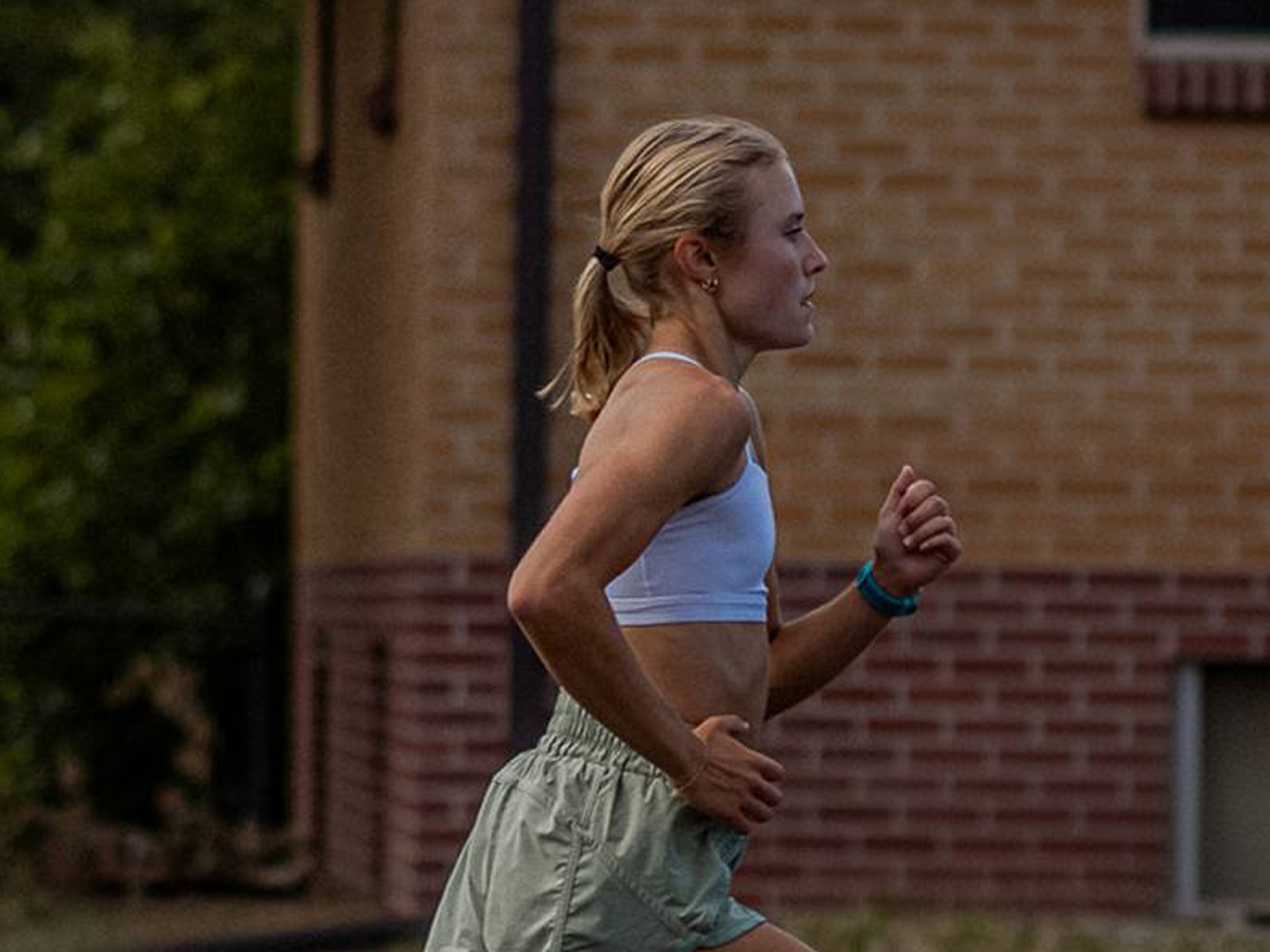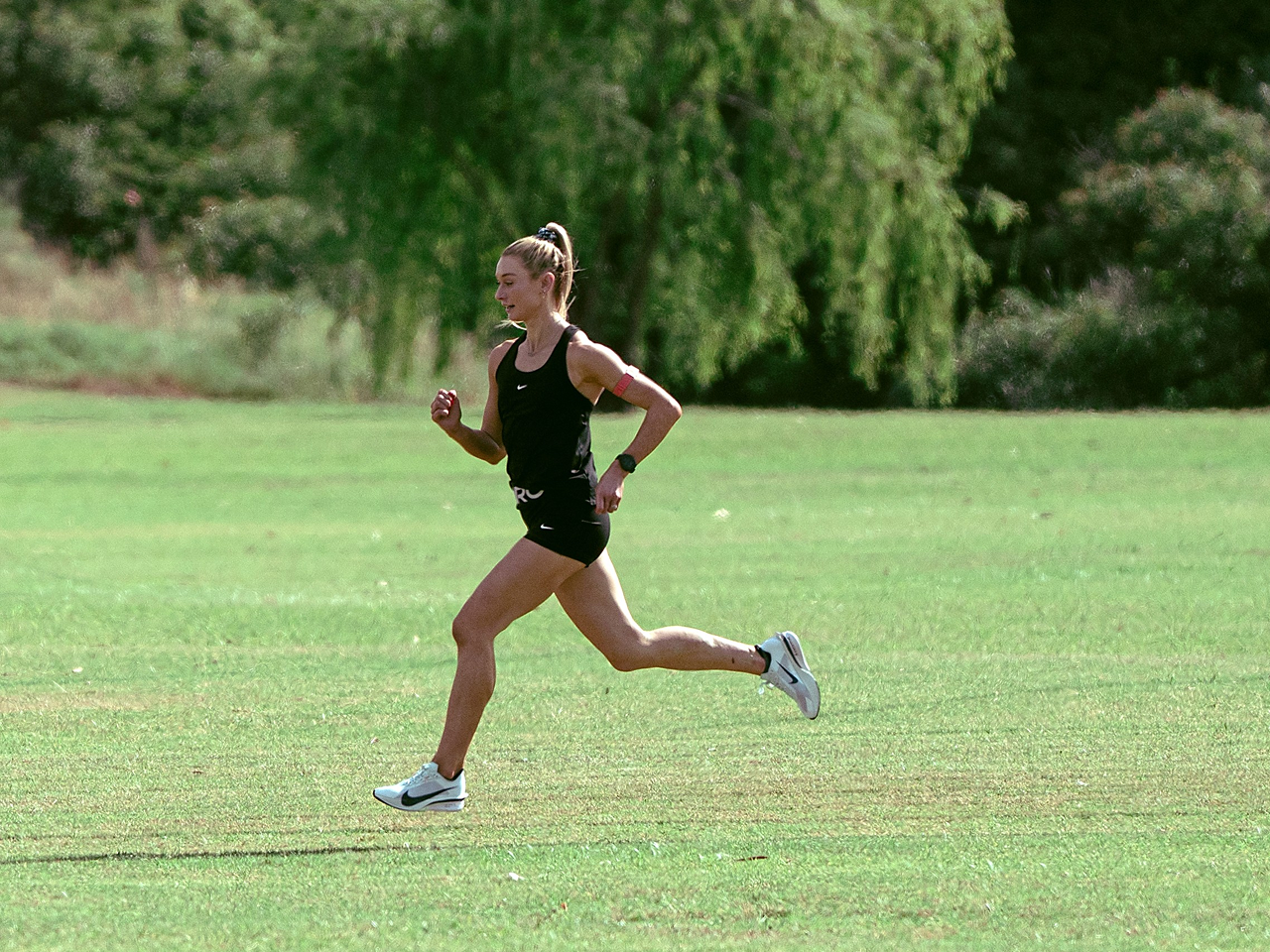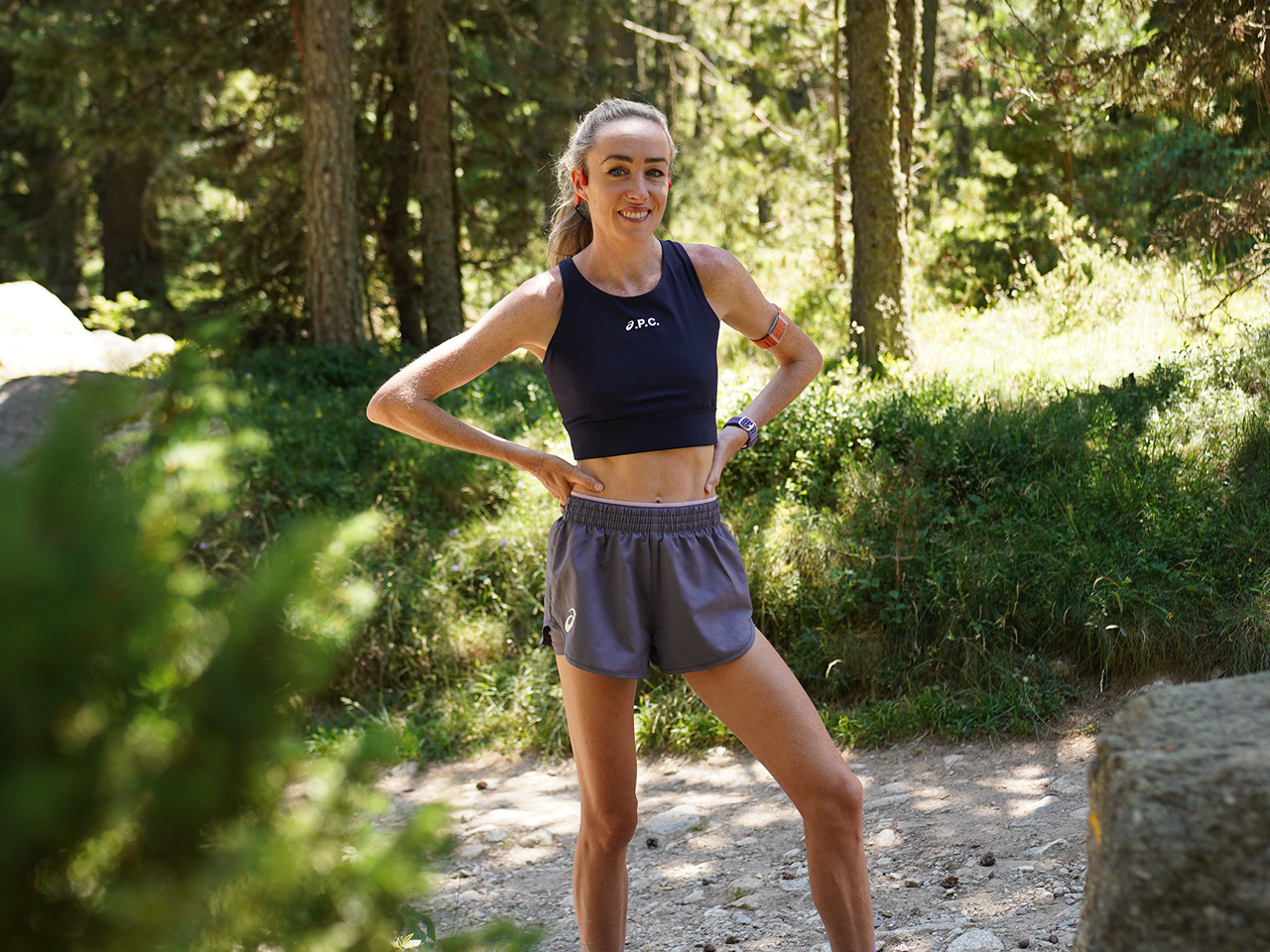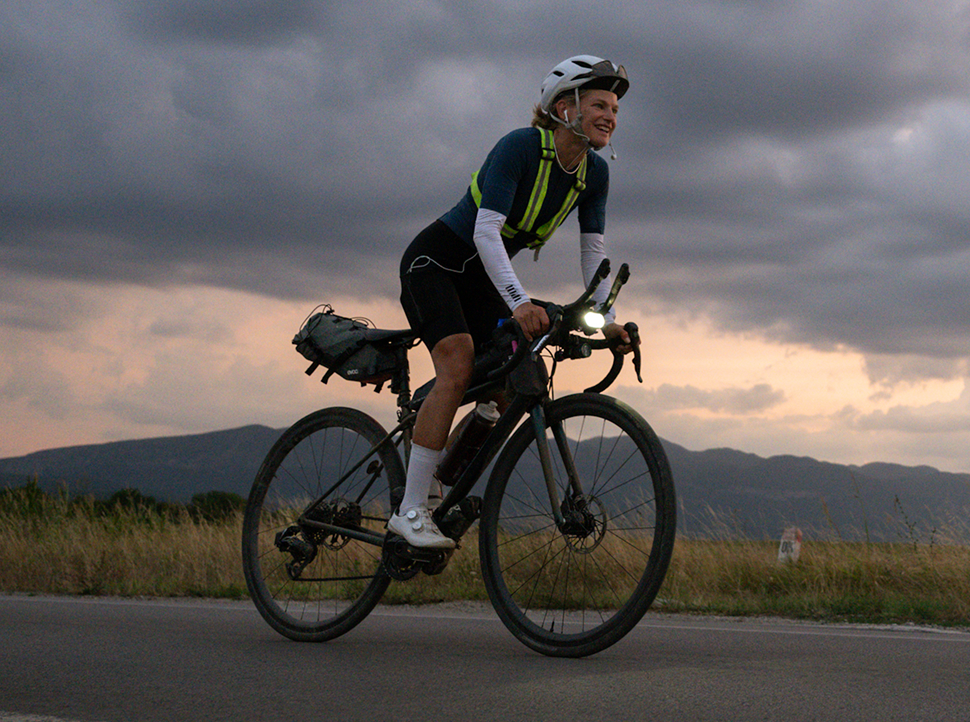Kilian Jornet returned to the Western States Endurance Run for the first time in over a decade, not chasing nostalgia, but testing precision. In a race where nine athletes were ahead of course record pace early on, Kilian stayed calm, letting data and instinct shape his effort. Through the heat and hype of an unrelenting 100.2 miles, he built momentum, edging closer to the podium at every aid station. By the finish line, he was 3rd overall in 14:19:22, his fastest WSER by over 80 minutes.
Making His Return
Kilian is no stranger to Western States. He made his debut in 2010 and won in 2011. A lot has changed in the fourteen years since. He is older, and the race is faster.
"Back then, it was all discovery and instinct. This time, I’ve done very specific training."
His approach now is more intentional, less about impulse, and more about awareness. He trains with a deeper understanding of how to manage his energy over time. Balancing training with family time, he ensures every workout is targeted toward specific adaptations. For Western States, that means he prepped for heat, hills, and endurance for a day-long competition.
"I think the heat training and the cooling strategy worked well, and I paced myself to have something left for the end."
The Anatomy of a Well-Paced Race
Look closer at the data, and you'll see the power of a steady race plan. Kilian’s effort was evenly distributed, with only a few well-timed surges placed late in the race. The result was a masterclass of pacing and strategy, keeping Kilian in contention right until the very end.
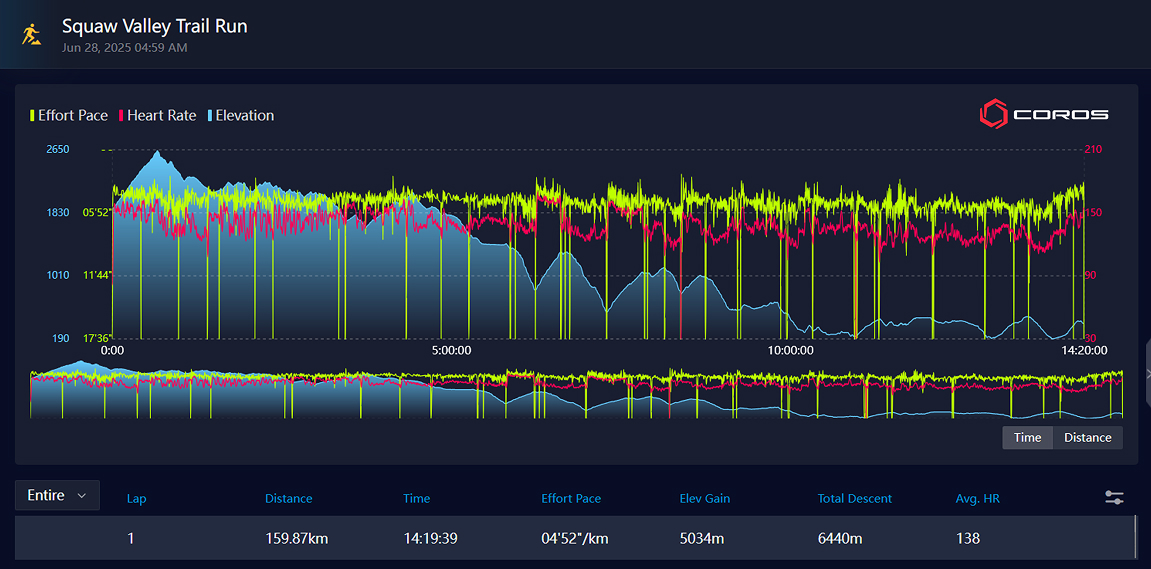
Kilian's full race data from Western States 2025
At the start, Kilian avoided the early chaos, staying near the back of the lead pack for the first 30 miles. Early on, the race featured splits from nearly a dozen runners that rivaled those of Jim Walmsley's course record. Such a fast start from so many runners in the same year was unheard of until now, so while Kilian's place was outside the top 5, his pace was exactly where he wanted it. The key moving forward would be running even splits through sections where others cracked. Kilian stayed patient, letting his experience show. His first opportunity came nearly six hours into the race.
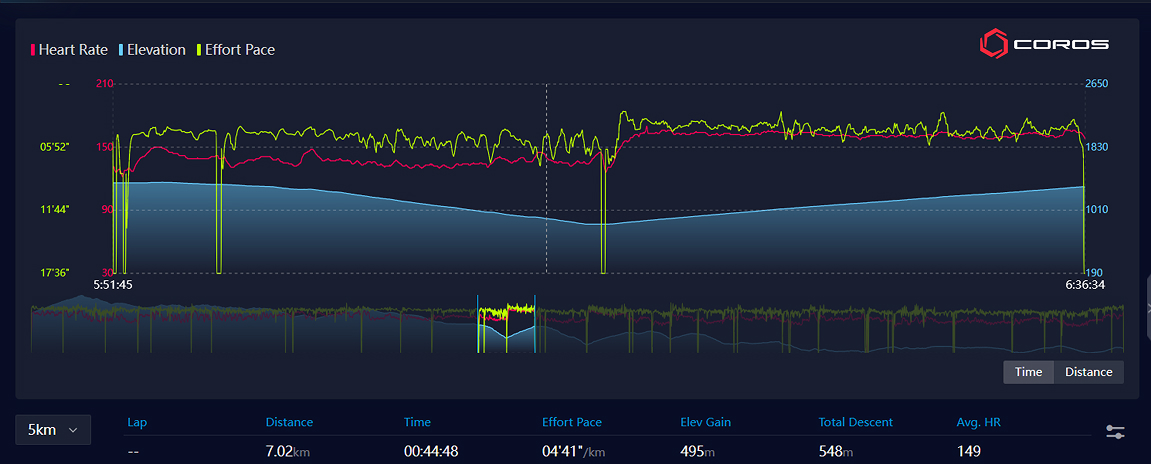
Kilian's data from Last Chance to Devil's Thumb
At mile 44, Kilian crossed the "Last Chance" aid station in 8th place, signaling the start of a 4½-mile section with some of the steepest downhills and uphills of the course. His effort dipped a little during the more technical downhill, but he flipped the switch and returned to his planned effort on the climb into the next aid station, Devil's Thumb. During that climb, he moved up from 8th to 3rd place. He continued this strategy for the following inclines as well. While others battled the heat and terrain with urgency, Kilian stuck to the plan. He was respecting the course, as he sensed the race was shifting he had the reserves to respond.
"In the canyons, I was taking it kind of easy in the downhills to not destroy the muscles, and in the uphills I could push well. Until the river crossing [at mile 78], I was trying to control the pace and the heat."
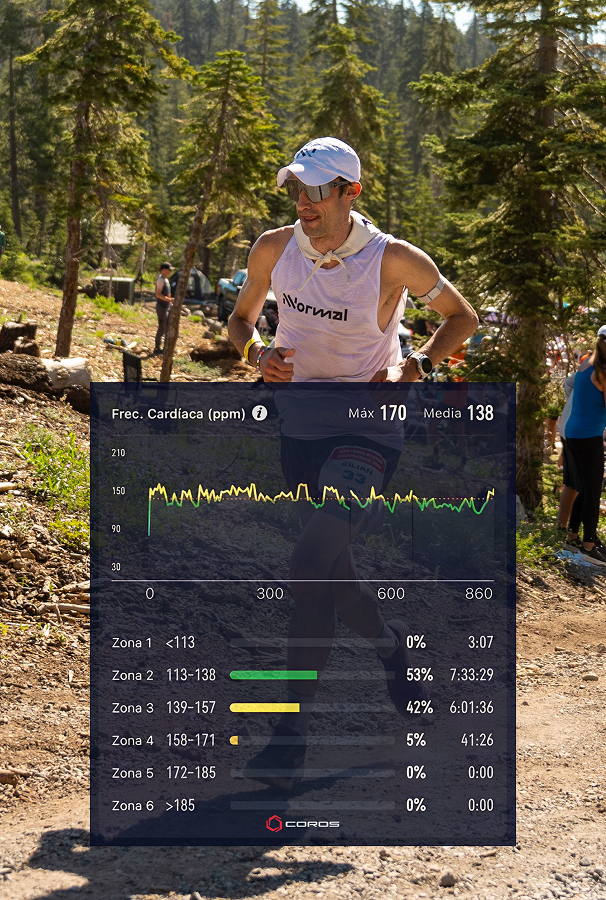
Kilian's time in heart rate zones during the race
Kilian is known for being one of the strongest uphill runners in the world, so the extra emphasis on the inclines during the middle of the race is no surprise. He spent most of the race in HR Zones 2 and 3, only entering Zone 4 on key uphill climbs.
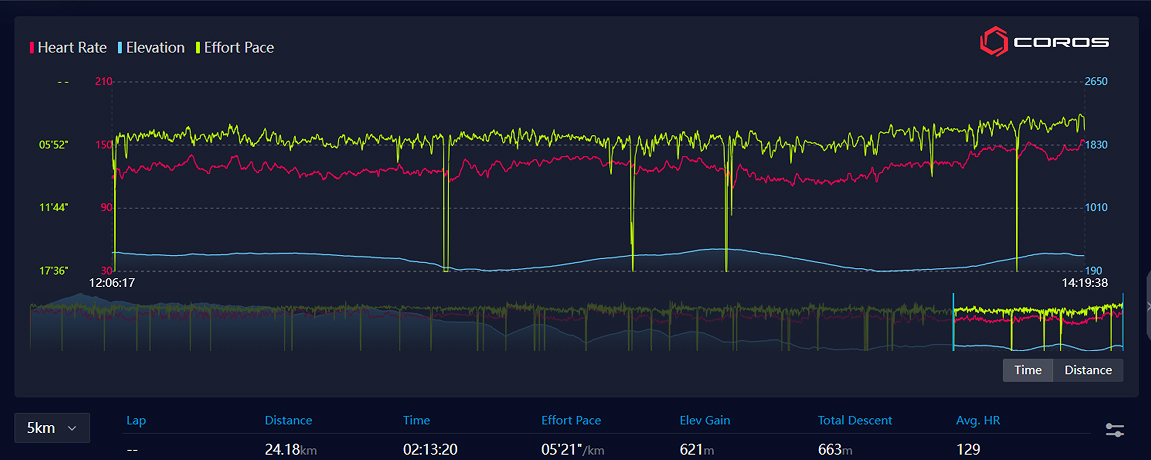
Kilian's race data from Auburn Lake to the finish
At 90 miles, Kilian was 8½ minutes behind 2nd place. In those final ten miles, he closed the gap to less than two minutes.
"In the last five miles, they told me that the ones in front were pretty close. I was surprised and I tried to push even more. It was nice to feel strong to finish the race."
That kind of finish doesn’t happen by accident. It’s the result of patient execution of a carefully crafted race plan. That masterclass in pacing gave him the energy for a strong finish, something every runner can benefit from, no matter the distance.
Training by Feel, Informed by Data
For Kilian, pacing starts long before the start line. In training, he uses effort-based metrics to hold steady. If heart rate or effort-pace begins to slip out of the correct zone, he knows it's time to push a little more to get back to the right intensity.
By doing this countless times in training, Kilian can more easily identify when effort drops during a race, and can respond accordingly. This is the foundation of how he trains and races with intention. He doesn’t guess; he monitors and adjusts.
COROS Education: Effort Pace helps normalize this by adjusting for grade and how well you're adapted to uphills. On a climb, it shows how hard you’re truly working, not just how fast you’re moving.
The Takeaway
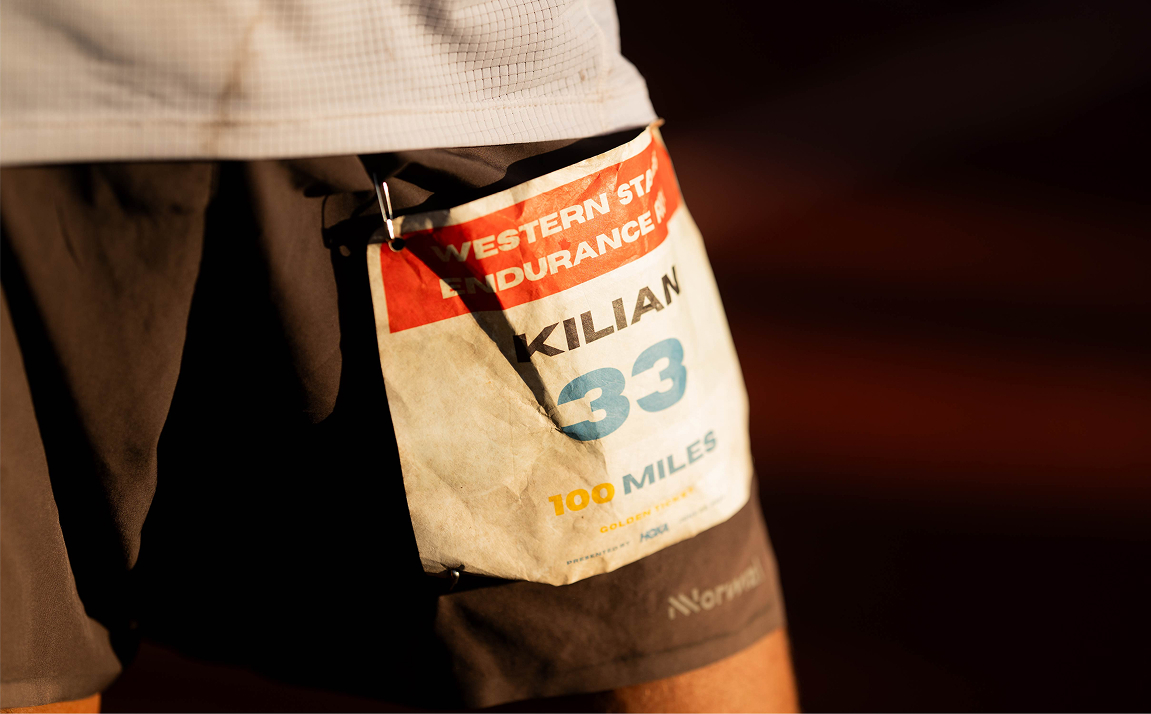
Not everyone can finish 3rd at Western States, but every runner can utilize smart pacing. Kilian’s success didn't come from chasing his competition. In fact, it was about knowing when not to. The same approach applies whether you’re training for your first 10K or your next ultra.
In 2010, Kilian raced Western States for the first time. He was 22, new to the sport, and driven by instinct. In that race, he finished 3rd. Fifteen years later, both he and the race have transformed. Western States is deeper, the pace faster, and the margin for error smaller. But with experience, data, and purpose, Kilian climbed back onto the podium, not just as an athlete, but as a tactician.
His return proves something simple: when you have your training approach dialed, trust the data that matters, and listen to your body, you finish strong even at a race like Western States. That lesson applies whether you're chasing a podium or chasing your own best.

/filters:quality(90)/fit-in/970x750/coros-web-faq/upload/images/ed73a07ce88a8ed01a47842d70180d27.jpg)
